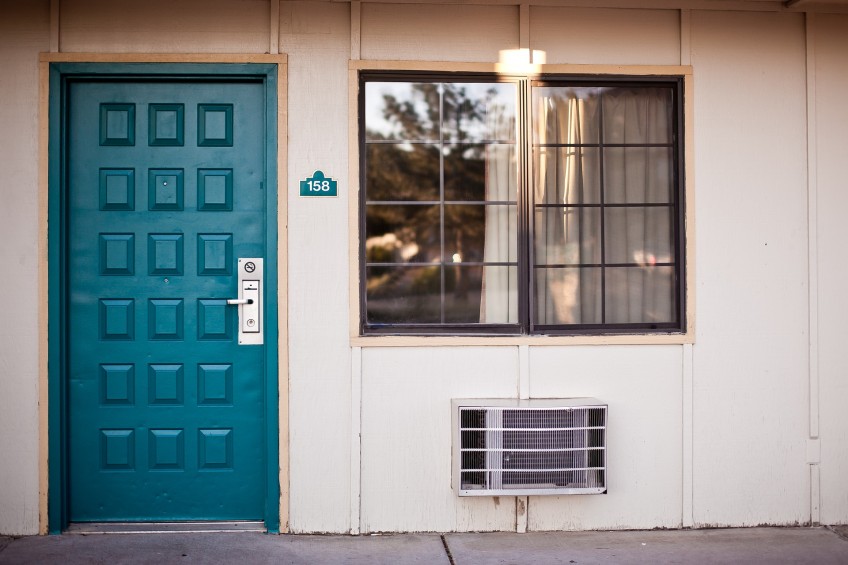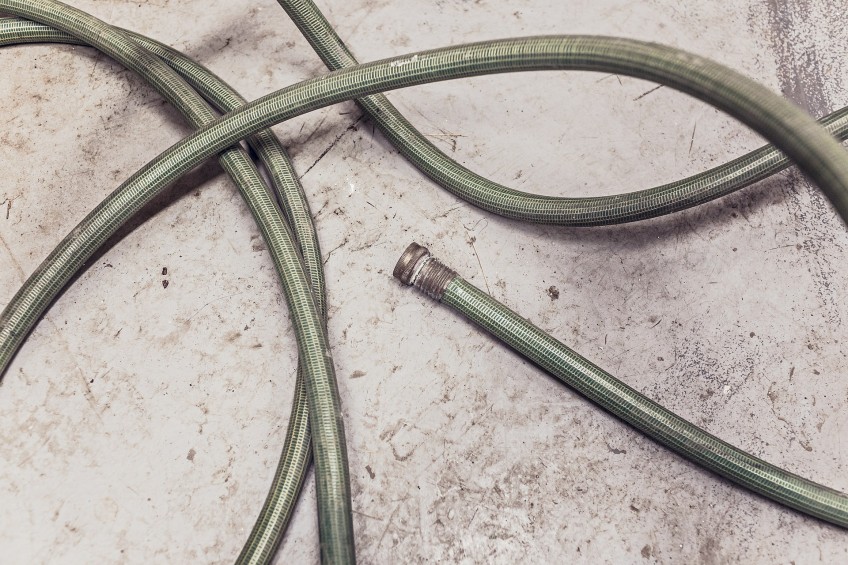Introduction
Asphalt, also known as blacktop, is a common driveway material for many homes. While effective and durable, it does require maintenance. Perhaps most importantly is repairing cracks and applying a good quality sealer every 3 years. This practice will ensure that water is not allowed to penetrate cracks and freeze, leading to major damage and potholes. It also keeps plants from pushing apart your driveway with their roots.
Step by step
Materials
There are three main types of driveway sealant. Asphalt emulsions ($), coal tar emulsions ($$), and asphalt rejuvenators ($$$). Asphalt emulsion sealants are only good for about 1 season and dissolve easily. Coal tar emulsion sealers are more durable, but still tend to crack and peal over time as they only sit on top of the asphalt. Asphalt rejuvenators are the best products, although more expensive. These penetrate the asphalt itself and create a more durable “aircraft grade” surface. Check out our recommended products in the Materials section to the right. You’ll need one 5-gal pail for each 300-350 square feet.
Note that we offer a separate tutorial on how to clean and seal concrete surfaces.
Duration & Timing
This task requires that temperatures remain above 60 degrees and doesn’t rain for at least 24-48 hours after completion. This project takes most of one day and will need to cure the day after so be sure to check the weather and plan accordingly. We recommend starting on Saturday morning and the surface will be ready to drive on Monday.
If you have a brand new driveway, wait 30 days if the weather is warm or 90 days for cooler weather before sealing. This will allow the surface to completely harden before sealing.
Here's a video from Lowes that shows similar steps to complete this task:
- Prepare the Area
Move any vehicles you'll need out of the garage and on to the street so they are accessible. Blockade the end of the driveway with sawhorses or caution tape to keep anyone from driving or walking on it.
Clear any grass or weeds that have grown in the cracks or seams. Spray any areas where weeds were present with weed killer then use a broom to clear large dirt and debris.
Put on your rubber boots and gloves. Powerwash the surface to clean thoroughly. It’s ok for the driveway to remain damp for the remaining steps. - Treat Oil Stains
Treat any oil stains prior to sealing with a good quality degreaser such as Krud Kutter(see Materials). Oil will damage your asphalt below the sealant if left unchecked. Pour the solvent on stains and sweep it off once dried. - Fill Large Cracks
Your standard sealant will fill cracks up to about 1/8” in width. For any cracks between 1/8” to ½” but less than 1” deep, take the time to fill them prior to sealing.
Using a good quality crack repair compound such as RUST-OLEUM Blacktop Patch and Crack Filler(see Materials). This comes in a powder and must always be mixed into water, rather than pouring water into the powder.
Mix the filler per the manufacturers directions and apply it to the cracks with a trowel, never applying more than 1” at a time. Use the trowel to press the filler firmly into the crack, but do not overwork and do not add additional water once applied. - Fill Potholes
Next, fill large potholes with a designated cold fill product such as the FloMix Asphalt Repair Kit. (see Materials) Start by cleaning potholes of rocks and loose debris. Fill the hole about 2” thick. Use a tamping iron to set the first layer and keep adding layers in 2” increments until the surface is slightly higher than the surrounding area, to allow for compaction. If you have more than 3-4 potholes or any that are very large, you may consider hiring a professional for this task. - Tape Edges
Tape off any edges that should be protected from the sealant, including garage entries and sidewalk borders. Use plastic sheeting and duct tape. Space your pails of sealant about every 350 square feet. A typical 20’ wide driveway would have a pail every 12-15’. This is to match the estimated coverage of a typical bucket of sealant. - Apply 1-2 Coast of Sealant & Let Dry
Starting at one end of the drive, open a pail and pour a ribbon of sealant about 12” wide and 10’ long. Using the driveway brush spread the sealant evenly across the surface, ensuring it doesn’t get too thick. Continue to work in small sections, overlapping as you go and working from one end to the other, till the driveway is complete.Two coats of thin will be much better than one coat of thick! Less is more. Too much and you’ll end up with an unsightly gooey mess. Wait a minimum of 4-6 hours and then apply the second coat.
Wait about 8 hours before walking on the surface of the final coat, and 24-48 hours before driving on it. -
Mark Complete
Now aren’t you glad this only need to be done every 3 years? Mark it complete and we’ll remind you next time it needs to be done.




